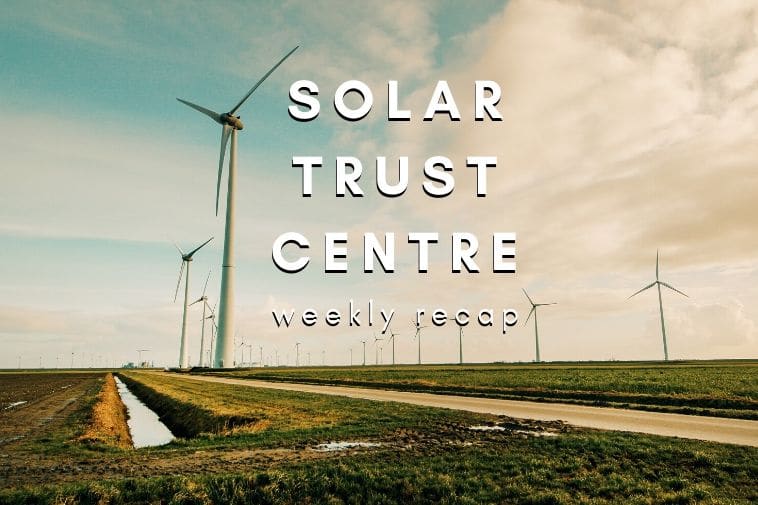This Week in Solar: Australian Renewable Energy Transition
1. Deciding to Go Solar: Why Solar Power System Quality Matters There isn’t just one type of “solar power system.” As with anything, there are a...
1 min read
![]() Solar Trust Centre Team
:
Feb 8, 2021 8:00:00 PM
Solar Trust Centre Team
:
Feb 8, 2021 8:00:00 PM
South Australia – maligned by conservatives over the world-leading share of wind and solar in its grid – now boasts the cheapest wholesale electricity prices in the country, even as it reaches “world first” levels of 100 per cent solar power.
Spanish-Japanese renewable energy company Univergy has announced that it will begin construction, with its Australian partner New Energy Developments, of the agrivoltaic 120 MW Wallaroo Solar Farm in New South Wales (NSW) this year.
The agrivoltaic installation will operate symbiotically as a generator of clean energy, grazing land, and a thriving habitat for native vegetation and pollinators.
More than two million extra Australian homes were powered by new renewable energy generation last year as wind and solar projects hit record levels, official government data has found, despite the coronavirus-induced economic downturn.
The government of Australia’s Northern Territory (NT) has signed a key planning agreement for a power link project that will enable electricity exports to Singapore from a 10-GW solar-plus-storage project.
Chinese big-gun Trina Solar has announced that its Vertex S will hit the Australian market in April. Trina hopes the installer-friendly smaller, lighter, and denser Vertex S for residential and SME consumers will capture a significant potion of the booming Australian solar market.
Technology that harnesses wave energy through a “blowhole” is being tested at a remote Tasmanian island in a project backed by federal grants and investors.
Here’s one thing that’s very clear, for 2021: if we want to get an immediate insight into a political party’s ambitions on climate, we must first look to the grid.

1. Deciding to Go Solar: Why Solar Power System Quality Matters There isn’t just one type of “solar power system.” As with anything, there are a...
1. Solar Energy Powers Lobethal Sewer Network in Australia Installed at Lobethal’s sewer pump station, the 266 ground-mounted solar photovoltaic...
1. Amazon signs first renewable energy project in Australia Amazon has announced its first renewable energy project in Australia as part of efforts...